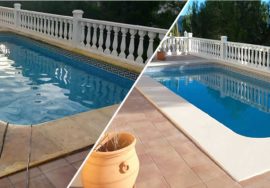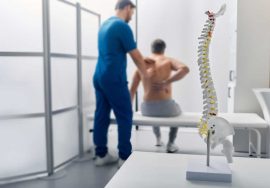
The Latest Energy Efficiency Instructions For Building Constructions.
The updated energy efficiency regulations have been mandatory since the 24th September this year (2020).
The goal is to complete the previous instructions and to cover all kinds of buildings and constructions: new, existing as well as refurbished buildings in a process of reduction of the consumption of non-renewable energy. The objective is to arrive by 2050 to buildings defined as “zero consumption”.
There are six points to understand about the new instructions.
Limitation of energy consumption
The new instruction fixes a limit on the consumption of non-renewable energy. This limit depends on the building’s use and its definition. In any case a renewable energy source is mandatory in each construction.
Control of energy demand
In the previous stage, the instructions were focused on the analysis of a building’s energy demand, but in the updated instructions the issue is focused on the passive design and the quality of the building’s outer shell. The outer shell of a building is composed of walls, floor and roofs in contact with the exterior conditions; walls, floors and roofs leading to non habitable spaces or the natural soil; doors and windows. All these elements are due to be tested in terms of their thermal transmittance. The degree of global transmittance is again related to the use of the building. The goal is to reinforce the design of the outer shell of constructions, defined as the thermal container, introducing the concept of compactness through achieving higher levels of thermal insulation and reducing the dependence on mechanical solutions.
Other two new concepts are sun exposure and air permeability control. The sun exposure is the natural source of heat gain and will influence directly on the necessity of introducing air conditioning systems. The permeability control relates to the quality of windows and outside doors.
In the case of refurbishments, the new instructions will be required for those parts of the building which have been intervened.
The Condition of thermal installations
Here there are no changes. Thermal installations such as heating or air conditioning are regulated by specific instructions, the RITE, Spanish letter for regulation of thermal installations in buildings. They are in the process of being updated too.
The condition of lightning installations
The instruction fixes the maximum power per illuminated surface. It is related to the level of light, measured in lux on a horizontal surface. For over 6oo lux, the maximum power should be 25 W/sq m and 10 W/ sq m if the level of light is equal or lower than 600 lux.
Contribution in the generation of sanitary hot water based on renewable energy sources
The installation of a renewable energy source for the generation of sanitary hot water is mandatory for a demand of over 100 litres a day, namely the consumption of a family detached house. The new instruction includes the heating of swimming pools too and defines that 70% of sanitary hot water of a house must be generated by a renewable energy source. It is usually resolved by the installation of solar panels, but the instruction admits other kinds of devices, such as wind mills, geo-thermal energy and low consumption heating pumps.
Contribution in the generation of electricity based on renewable sources.
The new instructions include the co-regulation of electricity and not only based on photovoltaic panels, but also other sources. In a one family house the maximum installed power is fixed to 10 KW.
Article by:
Javier Leonardo Rímolo
Arquitecto
Rimolo & Gross
0034 606616084
0034 962962324








